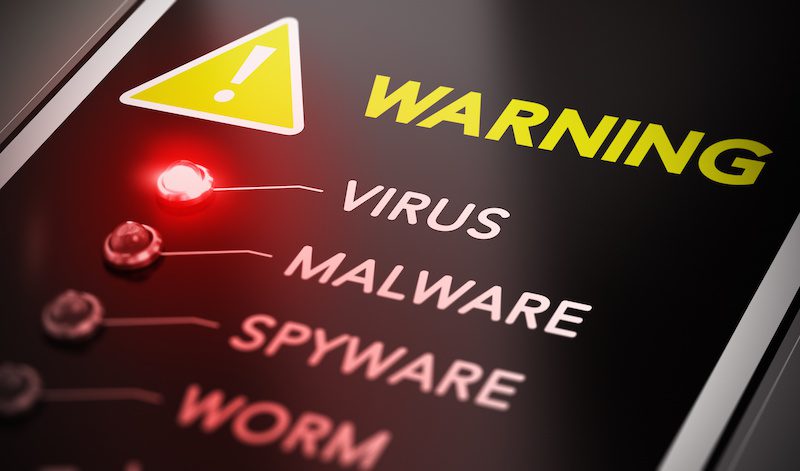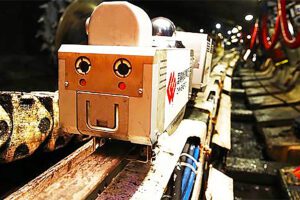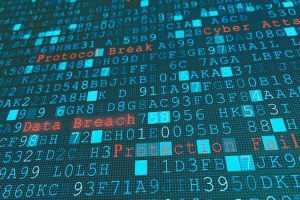When we think malware or ransomware, we tend to think about dollars rather than human lives or safety. We tend to imagine the worst that can happen is a loss of money. Researchers recently found traces of a powerful malware that attempted to blow up and destroy a Saudi petrochemical plant. Fortunately, they did not succeed but the incident has once again highlighted the potential safety risks with critical infrastructure in the mining and energy industries. AMSJ spoke with Friedhelm Best, Vice President HIMA, and Sujith Panikkar, Functional Safety & Security Consulting Director, APAC, HIMA to give us their advice on malware and how it can be entwined with safety.
How does malware do more harm in critical infrastructure?
Best: The importance of this attack can hardly be overestimated because it was the successful attack on a safety instrumented system – which is the last line of defence against a potentially catastrophic impact. The reality today presents new challenges for facilities: plants now have to be protected against cyber attacks. In a time where office networks and industrial automation are growing, hackers can exploit any weakness in security, potentially putting plants at risk of serious damage. Hackers can remotely manipulate, control, and even destroy plants.
Sujith: Control and safety systems in critical infrastructure are increasingly the target of organized cyber attacks and have even become a part of warfare by nation states and rogue elements. While conventionally Safety Instrumented Systems (SIS) are designed to protect people, the environment, plants and assets against process safety hazards, there is a need to recognize that the safety of the installation can be compromised by cybersecurity-related attacks and the consequences could be similar to a process safety incident going out of control. Therefore, it requires a conscious design and life cycle management approach to address the security of such safety and control systems.
What are the best industrial cybersecurity ways to defend against such malware?
Best: Security must be taken more seriously in a safety-related environment. For plant operators, it is important to constantly keep an eye on potential forms of manipulation. In this regard, safety-critical applications are fundamentally different from other industrial PLC or Office applications. Considerable expertise is necessary to ensure cybersecurity in safety applications. Maintaining and constantly refining security often poses a challenge to facility operators. It is therefore advisable to draw on the services of experienced safety and security experts in order to jointly develop and implement effective concepts.
Sujith: A lifecycle management approach beginning with a comprehensive security risk analysis is the best possible approach to protect industrial installations against cybersecurity threats. Standards such as IEC 62443 series which have evolved from industry experience provide the necessary guidance for end users, designers and manufacturers.
How do you see the trend for industrial and IIoT cybersecurity evolving in the next 2 years?
Best: A welcome trend is that companies in the process industry are increasingly recognizing the importance of safety and security standards for the safety and economic viability of their plants. However, there are still companies that are not using fully standards-compliant SIS. That means they run a significantly higher risk of lost production and harm to people and the environment. To achieve maximum safety and security, it is especially important for plant operators to implement the requirement of the standards for functional safety and automation security.
Sujith: In an increasingly connected world, cybersecurity has become a critical part of products, people, processes, systems and installations. Going forward, security will be an inherent part of a safe world.
You might like to read:
- SOFTWARE SENSORS AND THE COST OF REMAINING SAFE
- KOMATSU RELEASES INTELLIGENT DOZER
- STRATA HAZARD AVERT SYSTEM KEEPS SAFETY ON TARGET
- NEW CAMERA RELEASED FOR PROXIMITY DETECTION
Read more Mining Safety News














Add Comment